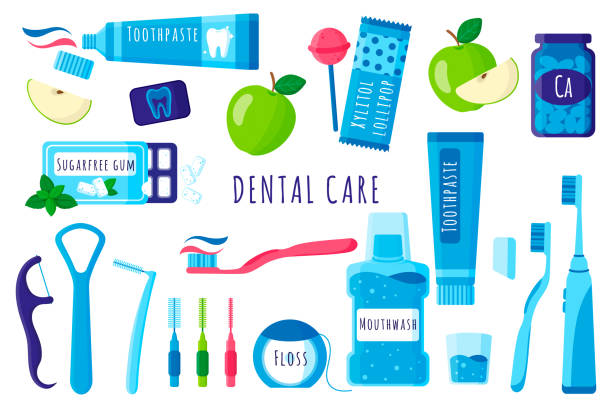The Top 7 Mouthwashes to Relieve Tooth Pain and Ache
Looking for the best mouthwash for toothache relief? Should I use a prescription wash or a home remedy? Read on to find out!
There are many different types of mouthwash, but some are prescription-only and others are considered home remedies because the ingredients to make them are available at your local drugstore or supermarket.
Mouthwash recipe:
The only prescription rinse your dentist will prescribe is chlorhexidine, or the better-known brand name Guest Post Peridex. You cannot get it yourself at the pharmacy, but you can ask for a a prescription from a medical professional.
How to use chlorhexidine rinse:
- Rinse with the solution for two minutes.
- Spit out and do not eat for an hour.
You can repeat it twice a day, once in the morning and once at night. Do not use for more than two weeks, because prolonged use can cause your teeth to become brown. Prescription chlorhexidine mouthwash works wonders for gum infections and toothaches caused by gum conditions, but the the downside is that it is dyed and requires a prescription. If you can't go to the dentist, your only option is to use mouthwash as a home remedy.
Mouthwash at home:

How do you use it? You can put the concentration on a Q-tip and rub it around the painful tooth, or mix it with some water and use it as a mouthwash. It will work anyway! Listerine. This is a classic mouthpiece that everyone knows. It kills over 99% of germs and does a great job of fighting plaque and bad breath. There's a recent trend away from alcohol-based mouthwashes, but you're in luck because Listerine makes an an alcohol-free version that we recommend. You can also buy this at your local supermarket or pharmacy. All you have to do is rinse thirty seconds faster than with the coconut oil pulling method. All these mouthwashes will work to some extent, but only for mild toothaches. If you have a bad toothache, no mouthwash in the world can ease that pain. The only person who can do this is your dentist!





Comments
Post a Comment